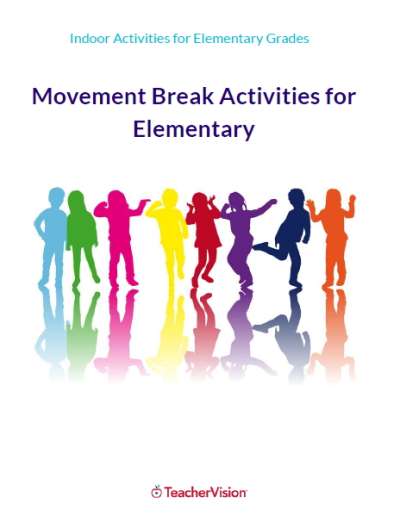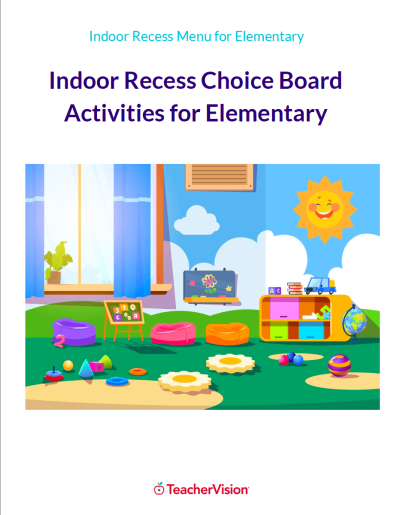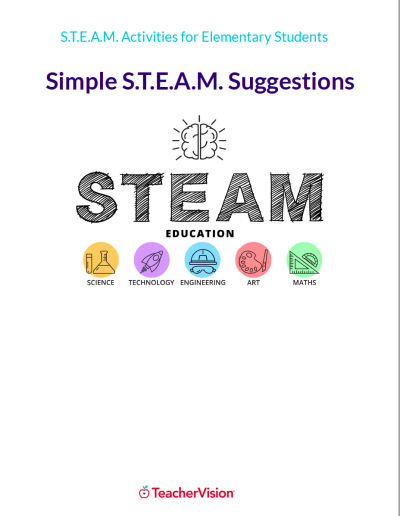How to Talk To Children About Stereotypes
Getting Past Generalizations
For Ages: Ten and under
The Scene
"It's so annoying," ten-year-old Joshua says between bites. "Linda Chan got another hundred on our math test. I'm not surprised. All those Asian American kids are good at math."
It's amazing how children absorb societal stereotypes, even if we avoid them at home. Children are aware of racial differences by the time they're preschoolers. And by the age of 12, children have developed an image of most racial or ethnic groups in America.
Only by actively challenging stereotyping can we help our children overcome the lessons they may inadvertently learn from friends, television, and even textbooks.
The Words You Need
Here are some ideas to help you talk with your kids about stereotypes.
The Words: "I'm wondering why you think that about Asian Americans?"
The Reason: In a non-threatening way, try to find the roots of your children's generalizations. Are they stereotyping because they only have limited experience with the minority group they are describing? Do their ideas come from movies, television, or books? Help them think about where they are getting their misinformation. This is a good time to talk about how easy it is to draw erroneous conclusions from a few examples.
The Words: "Actually, Asian Americans are not all good at math."
The Reason: Let children know that you understand why they might believe a stereotype, but that, in fact, it's not true. Being born into a particular race or ethnicity does not make someone automatically good (or bad) at math, science, dancing, making money, or anything else.
The Words: "Thinking that all people of a particular group are alike is called 'stereotyping.' Can you think of any examples?"
The Reason: Make sure your children understand the concept of "stereotyping" and how to identify it -- whether it's based on race, ethnicity, religion, age, gender, etc. Talk with them about how stereotyping can lead to prejudice, discrimination, and even genocide and ethnic cleansing.
The Words: "Sometimes people like us get stereotyped, too."
The Reason: One way to help children understand what it feels like to be dehumanized by stereotyping is to talk about ways that your family might be stereotyped. Talk about how your family fits or doesn't fit some stereotypes.
The Words: "Even though it sounds positive to say that Asian Americans are good at math, it's still a stereotype."
The Reason: Sometimes children think that stereotypes are only harmful if they are bad. In fact, any kind of stereotype is hurtful because it denies individual differences and promotes discrimination.
The Words: "Linda might be good at math because she works hard and because her family cares a lot about doing well at school."
The Reason: You can begin to help children understand how cultural values and family concerns can influence children's interests and achievements. Point out that there are Asians in all kinds of professions -- from sports, to law enforcement, to the arts.
The Words: "Stereotyping is kind of complicated. Let's keep talking about it."
The Reason: Let your children know that these kinds of conversations are ongoing.
Conversation Tips
Talk with your children about stereotypes that emerge in conversation, on television, or in the news. And think about the stereotypes you have about people whose race and/or ethnicity differs from yours. Exploring our own biases will help our children grow up less biased, as will talking openly and positively about race, religion, and cultural similarities and differences.
Beyond the Rap
Encourage your children to explore friendships across racial and ethnic lines at school or in other activities. Their lives will also be enriched by your multiracial, multiethnic friendships.
If you live in an isolated or segregated neighborhood, filling your home with multicultural art and literature, taking trips to other neighborhoods or cities, and using museums and libraries will provide your kids with essential multicultural experiences.




